Town Hall to trace Kolkata’s journey through time - GetBengal story
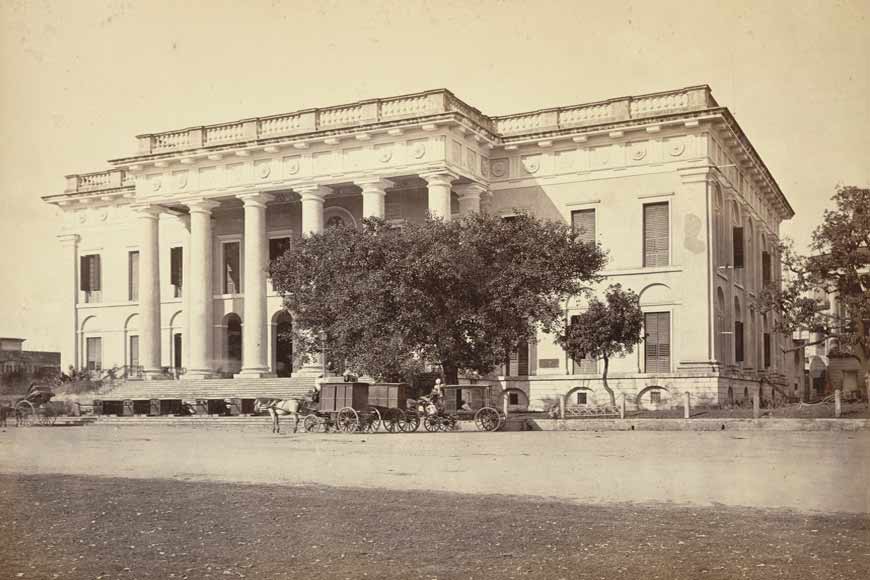
Town Hall back in 1860 , Kolkata
How old is Kolkata? In August 1690, Job Charnock, an agent of the British East India Company landed in the village of Sutanuti when he was driven out of Hoogli by the Mughal Viceroy and settled here. In 1698, East India Co. bought three villages from the local landlord, Sabarna Ray Chowdhury, and established a factory on the land. From 1699, East India Company started developing Calcutta as a Presidency city. Charnock’s historic "landing" on August 24, 1690, marks Kolkata's birthday and he is often credited as the ‘founder’ and chief architect of the city.
However, in 2001, a petition was filed at the Calcutta High Court by the 500-member Sabarna Roy Chowdhury clan, one of the oldest in the city, which claimed the wily civil servant Charnock usurped the three villages of Sutanuti, Gobindapur and Kalikata from their ancestor, Lakshmikanta Majumdar who had merely leased them to Charnock for 99 years. The court set up a five-man commission of historians to probe the matter and based on that report, in 2003, Kolkata High Court ruled that the Britisher couldn’t really be called the “founder" of Kolkata. The court ruled that even though Charnock arrived in Sutanuti in August, the villages existed much before the East India Company’s arrival.
An astute businessman, Charnock chose Sutanuti, which was already a lively trading town in Mughal India in the 16th, 17th, and 18th centuries. The formation of a city is a cultural phenomenon and it occurs over time. Putting a date to mark the exact moment of its creation not only negates years of sociological research into the evolution of human cities and society but also the perhaps unrecorded or undiscovered history of the people who existed in the place before the colonial era.
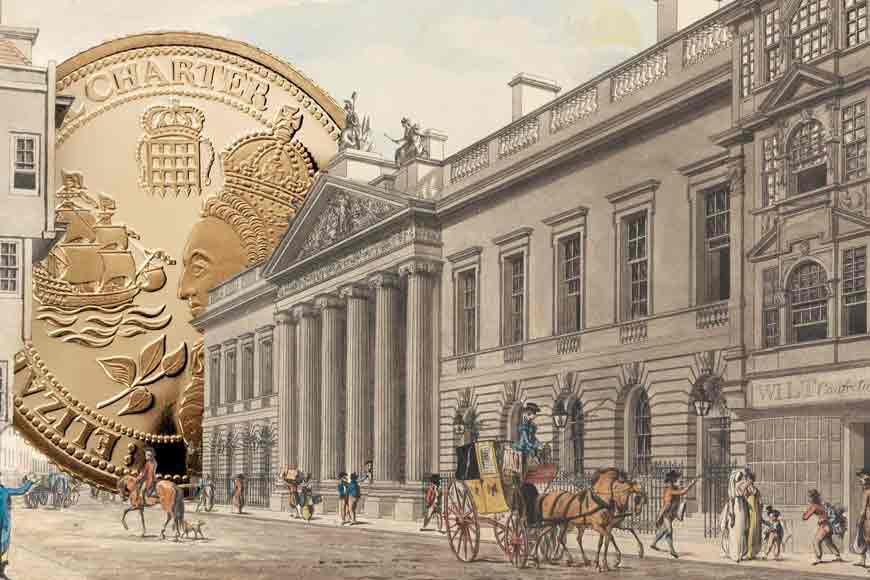 East India Company - an artist's impression
East India Company - an artist's impression
The name Kalikata had been mentioned in Ain-e-Akbari, the rent-roll of the Mughal Emperor, Akbar, and also in Manasa-Mangal. Before the British came, Kalikata was just a village, while the capital city of Bengal was Murshidabad, about 60 miles north of Calcutta. Warren Hastings, the first Governor-General of India, consolidated East India Company’s position and made Calcutta the seat of the supreme courts of Justice and the supreme revenue administration, and Calcutta became the capital of British India in 1772. All-important offices were subsequently shifted from Murshidabad to Calcutta.
Vintage Dalhousie Square, old kolkata
By 1800, Calcutta had become a busy and flourishing town, the centre of the cultural as well as political, and economic life of Bengal. The 19th century witnessed the birth of the Renaissance and Reformation in India in this city. Raja Rammohan Roy, Ishwar Chandra Vidyasagar, Sri Ramakrishna Paramhansa, Swami Vivekananda, Rabindra Nath Tagore, Jagadish Chandra Bose, Satyendra Nath Bose, and many eminent personalities enhanced the cultural heritage of Calcutta. Till 1912, Calcutta was the capital of India, when the British moved the capital city to Delhi. After Independence, Calcutta became the state capital of West Bengal.
But, all the invaluable information is scattered haphazardly and it is well nigh impossible to get all the details under one roof. Amid this state of affairs, the Kolkata Municipal Corporation (KMC) has taken up the magnum task of compiling all familiar and lesser-known facts and figures about the city and its origin and set up an archive on the origin and history of Kolkata. Groups of enthusiastic researchers are working hard on the project and will be updating all information from time to time. A digital research centre will be set up at Town Hall for history buffs.
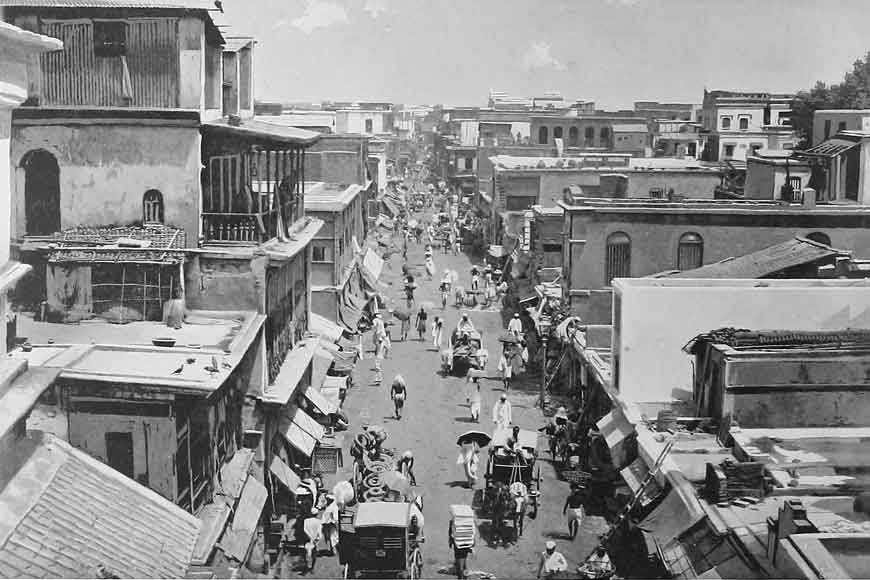 Streets of Old Kolkata
Streets of Old Kolkata
A committee, set up under the aegis of veteran artist Shuvaprasanna, Chairman of the West Bengal Heritage Commission, is overseeing the project. The KMC hosted a seminar with virtuosos in Kolkata. During the meet, it became known that a book written by K.K. Roy a century ago mentioned that Kolkata was founded about 1300 years ago and people migrated from other parts and set up homes here around 800 years ago. However, a later research conducted about 40 years ago proved the earlier theory wrong. While studying the carbongraphy of the city before construction work of the North-South Metro railway track could start, astonishing facts about the formation of the land were discovered. During excavation, paleobotanists found plant fossils of impressions and compressions of plants left on the sedimentary rocks’ surface. After investigation, scientists said these plants grew close to cultivable land that existed in the area about 5000 years ago.
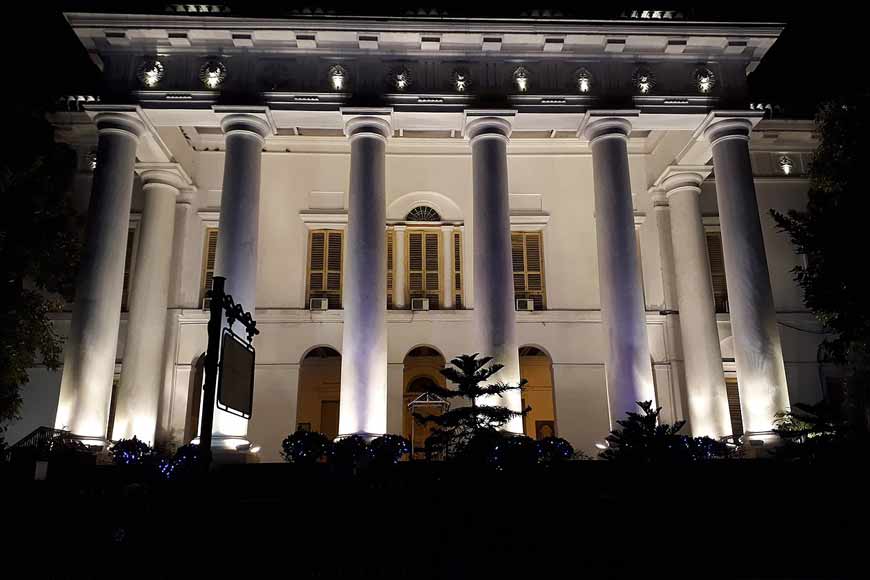 Night view of The Calcutta Town Hall
Night view of The Calcutta Town Hall
The KMC is involved in accumulating, digitizing every available information and evidences painstakingly, bringing them all under one umbrella in the archives at Town Hall. All these will be available to visitors who want to know and explore the birth and growth of the city. The museum has five galleries: Pre-Colonial Kolkata, Colonial Kolkata till the Battle of Plassey, Kolkata till Sepoy Mutiny (1857) to India’s struggle for Freedom and Kolkata in Independent India. There are sections like City of Surprises, City of Memories (depicting posters and still from vintage Bengali films), City of Stories (a digital touch screen board displays different stories of Kolkata), City of Influence (a short documentary on the city and focuses on well-known citizens from various spheres of the creative world including Rabindranath, Amartya Sen, Dr. Subhash Mukhopadhyay, the creator of first test tube baby in the country), City of Confluence (Focuses on multi-cultural diversity of the city) and the City of Culture (covers a wide range of topics including clay idol of Ma Durga, street food, fish market, patachitra et al).
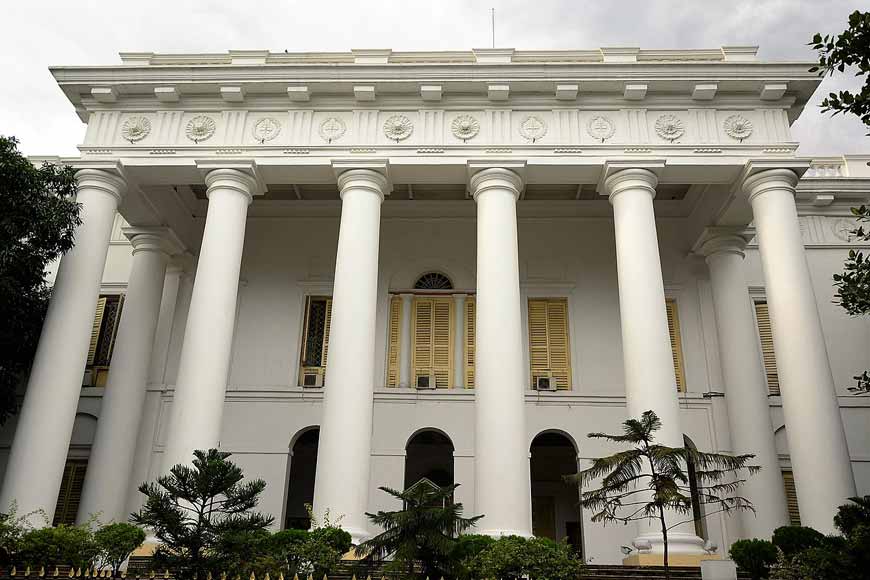 Calcutta Town Hall now
Calcutta Town Hall now
The new museum is structured in such a way that kids and adults alike will love the way history is represented. Apart from old artifacts, you can also read old books and see attractive old paintings and pictures of Kolkata. The aim is to facilitate academics that are planning to research about the city and also to make Kolkatans understand the need to preserve and know about the rich history of this city.










